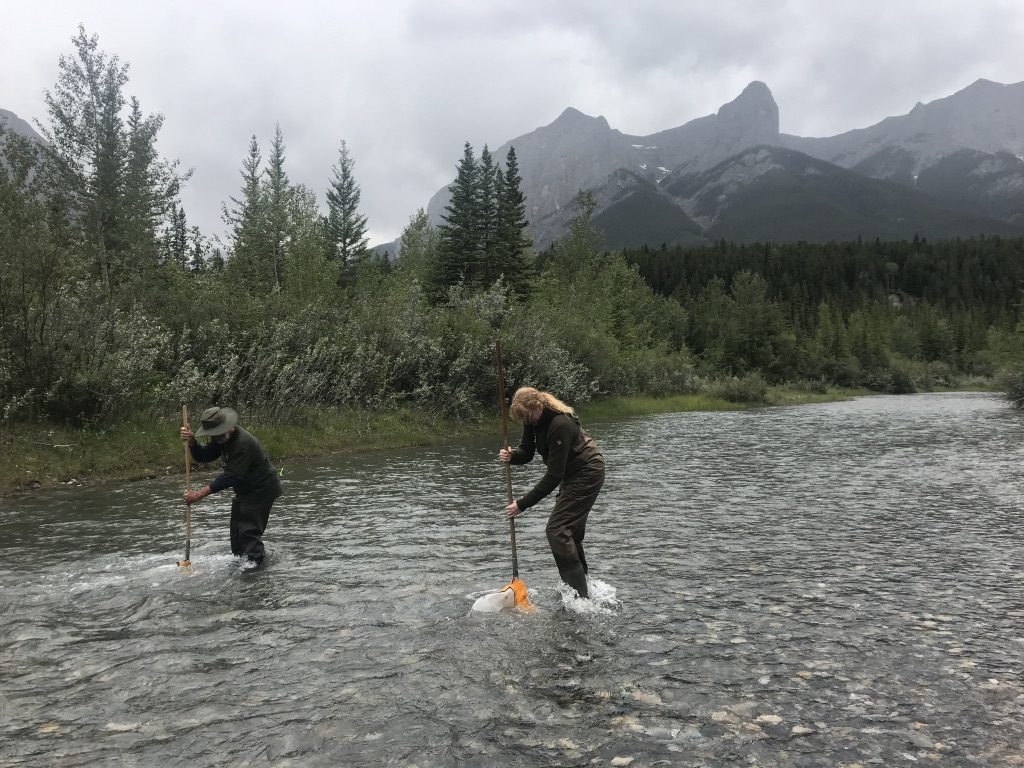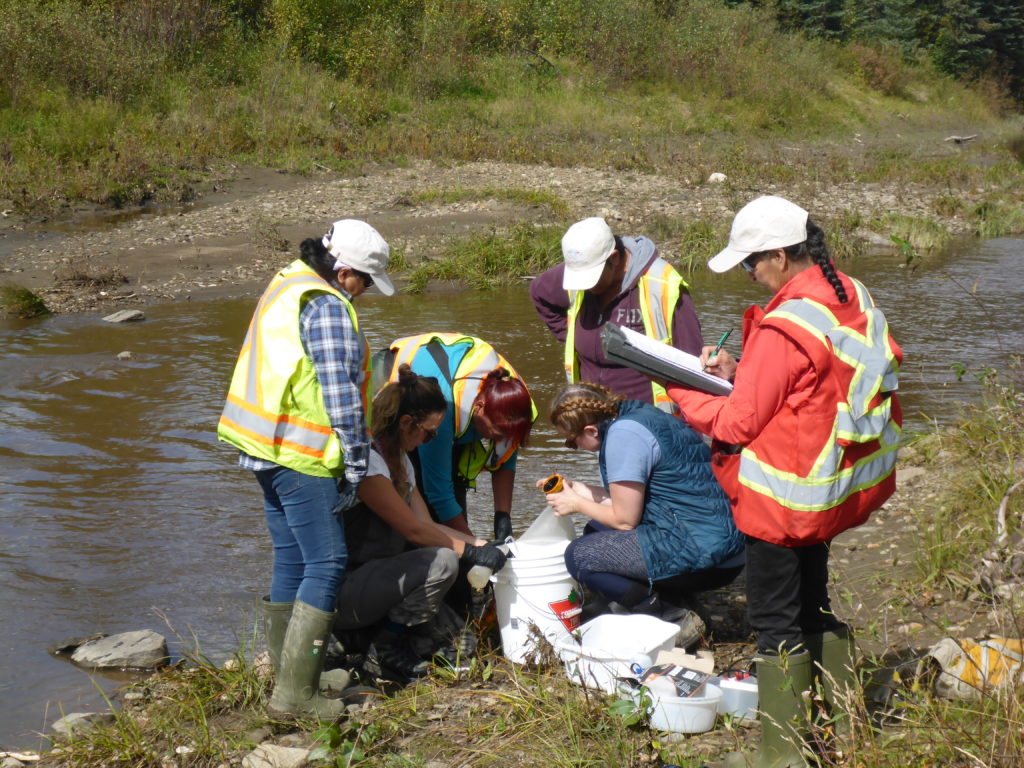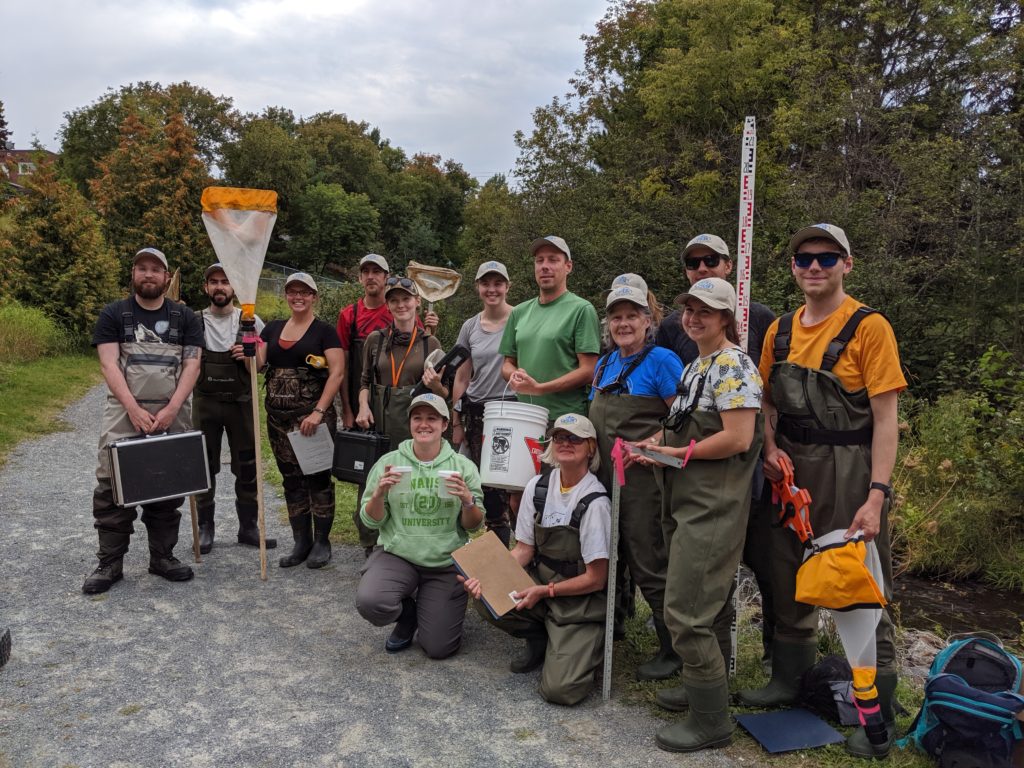STREAM to stream: from Alberta to B.C. to Ontario
When WWF-Canada published the Watershed Reports in 2017, it became clear that data deficiency is a serious obstacle to understanding the health of ecosystems. Of the 167 watersheds in Canada, 110 lack the necessary data to attribute a health score confidently. To address these concerns, WWF-Canada believes in the need for more consistent methods of monitoring and analysis and the need to truly elevate the knowledge and capacity of community-based water monitoring (CBWM) groups. CBWM groups (including ENGOs, watershed organizations, citizen scientists, First Nations, etc.) are well placed geographically to play a significant role in monitoring across Canada. While they know their waters and the issues concerning their local communities better than anyone else, CBWM groups often lack the necessary resources to be as effective as they could be.
That’s where STREAM comes in! STREAM (Sequencing the Rivers for environmental Assessment and Monitoring) is a partnership between WWF-Canada, Living Lakes Canada, the University of Guelph and Environment and Climate Change Canada (ECCC). STREAM combines the forces of DNA metabarcoding and CBWM to address data deficiencies across the country. By providing training and resources to CBWM groups in Canada, believe that they will be empowered to become water stewards and lead water monitoring and management in their home waters.
This past summer, we were fortunate to work with amazing groups in a variety of watersheds. In July, we spent time with the Ghost Watershed Alliance Society in Canmore and Waiporous, Alberta and got to spend a day monitoring with them following a training course that sets the standards for monitoring benthic invertebrates. We saw firsthand the spectacular beauty of the foothills but also some of the challenges facing the watershed. The Ghost Watershed Alliance Society shared with us their concerns about off-highway vehicles and increased sedimentation and the impact they might have on the health and beauty of Bighorn Country.
In August, we spent time with the Blueberry River First Nation in British Columbia and spent four great days training and monitoring. Hearing their stories about landscape change and the impact natural resource extraction has on their lands and waters was eye-opening and reaffirmed in me the importance of a project such as STREAM. The Nation now has more tools and resources it can use when making land management decisions.
And finally, in September, we visited the Junction Creek Stewardship Committee (JCSC) in Sudbury, Ontario. While this urban stream faces challenges seen in cities across Canada like excess road salt use in the winter and garbage dumping, it was a great reminder that nature can still thrive in the middle of a city. JCSC’s annual brook trout release and local remediation efforts show that with a little love, even a small urban creek can be a healthy habitat for a whole ecosystem worth of species.
While each of these watersheds are facing their own unique pressures and threats, the dedication of groups like the ones we worked with this summer gives me hope that we can tackle these issues.
WWF-Canada is proud to be a part of the STREAM team. We truly believe that providing CBWM groups with the resources to do their own monitoring will have huge impacts on water in Canada.




